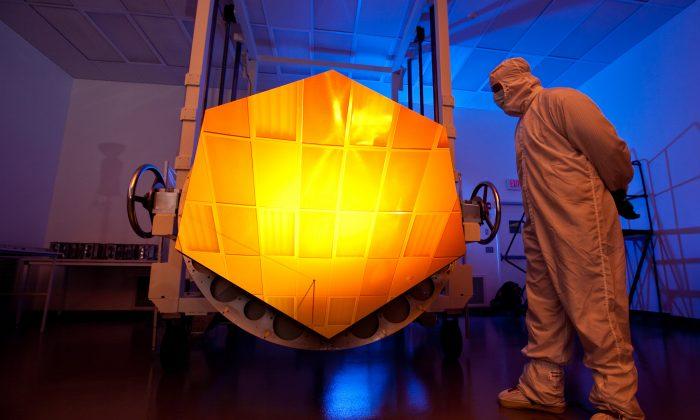What began 20 years ago as an innovation to improve paper production and to make poplars more digestible for cattle, may now lead to a more efficient way to convert biomass into fuel.
The goal is to enhance poplar trees so they break down easily, making them more viable as a source for biofuel.
The long-term efforts and teamwork involved to find this solution can be described as a rare, top-down approach to engineering plants for digestibility, says Curtis Wilkerson, Michigan State University plant biologist and the lead author of the study, which appears in the journal Science.
“By designing poplars for deconstruction, we can improve the degradability of a very useful biomass product,” says Wilkerson, a Great Lakes Bioenergy Research Center (GLBRC) scientist. “Poplars are dense, easy to store, and they flourish on marginal lands not suitable for food crops, making them a non-competing and sustainable source of biofuel.”
‘Break It Down’
The idea to engineer biomass for easier degradation first took shape in the mid-1990s in the lab of John Ralph, University of Wisconsin-Madison professor and GLBRC plants leader.
Ralph’s group was looking to reduce energy usage in the paper pulping process by more efficiently removing lignin—the polymer that gives plant cell walls their sturdiness—from trees. If weak bonds could be introduced into lignin, this hardy material could be “unzipped,” making it much easier for chemical processes to break it down.
Ralph’s approach had clear benefits for the biofuels industry as well. The difficulty in removing and processing lignin remained a major obstacle to accessing the valuable sugars contained within biomass, adding energy and cost to the production of biofuels. Seeing an opportunity to carry out Ralph’s concept in poplar, GLBRC researchers pooled their expertise.
Weak Links
To produce the enhanced poplars, Wilkerson identified and isolated a gene capable of making monomers—molecular glue of sorts—with bonds that are easier to break apart. Next, Shawn Mansfield with the University of British Columbia successfully put that gene into poplars.
The team then determined that the plants not only created the monomers but also incorporated them into the lignin polymer. This introduced weak links into the lignin backbone and transformed the poplars’ natural lignin into a more easily degradable version.
“We can now move beyond tinkering with the known genes in the lignin pathway to using exotic genes to alter the lignin polymer in predesigned but plant-compatible ways,” Ralph says. “This approach should pave the way to generating more valuable biomass that can be processed in a more energy efficient manner for biofuels and paper products.”
GLBRC and the US Department of Energy funded the project.
Source: Michigan State University. Republished from Futurity.org under Creative Commons License 3.0.
